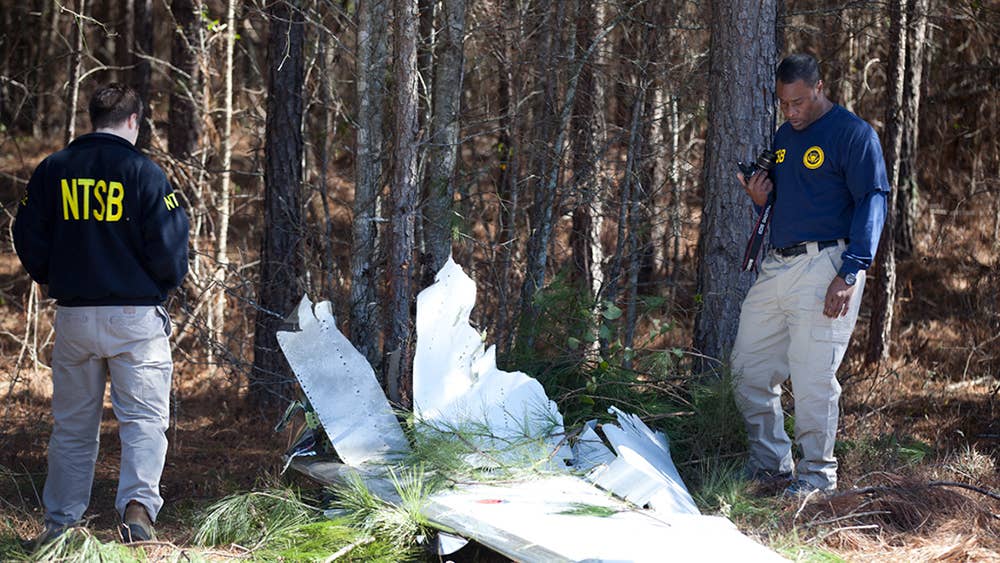
Each year, the NTSB also continues to focus on past recommendation yet to be implemented. NTSB
This year's NTSB Most Wanted List included a few changes from the 2017-2018 edition. Noticeably missing from the 2019 list was loss of control inflight, an issue that remains the top killer in aviation. The NTSB Most Wanted List was created as the Board's primary advocacy tool to identify top safety improvements that can be made across all modes of transportation, changes that will save lives. The independent NTSB is however only a recommending body which explains some of the dozens of outstanding recommendations from previous years, including LOCI.
Christopher T. O’Neill, the NTSB’s chief of media relations told Flying, “not to read too much into the fact that LOCI is not on the list. When something comes off the list it doesn’t mean we’re claiming success.” He explained the NTSB has spent an enormous amount of time raising awareness of LOCI the past few years. Right now, the Board is focusing on topics “it believes will move the safety needle [forward] most over the next 24 months.” LOCI will remain a topic of concern for the industry even though it’s not on the Most Wanted this year he said. O’Neill said the Board wants to increase industry focus on the recommendations themselves. “Rather than using the list to just raise awareness, we want to tell people there’s a real opportunity to move these issues across the finish line.”
In years past, the Board has also focused on the expanded use of data capture to enhance safety. The NTSB took a further step forward this year by recommending the installation of data recorders and increased focus on topics like safety management systems focused specifically on aircraft operating under Part 135. NTSB Chairman Robert Sumwalt said, “While many Part 135 operators meet extremely high safety standards, operators across the country are not required to meet the same standards as … the domestic airlines. We’ve investigated crashes that killed passengers and we discovered ways Part 135 operations could improve on safety. A paying passenger should have the same level of safety as other commercial operators. There’s a plethora of data that’s captured from regular flights, not just from accidents. That’s what the airlines are using and this could be scalable to Part 135.” Part 121 carriers for instance are required to undergo controlled flight into terrain training, while Part 135 operators are not.
Sumwalt called for action on the dozens of outstanding recommendations in addition to the current list, remarking that, "The NTSB's most wanted list is written in blood." The full Board session is available here.

Subscribe to Our Newsletter
Get the latest FLYING stories delivered directly to your inbox






